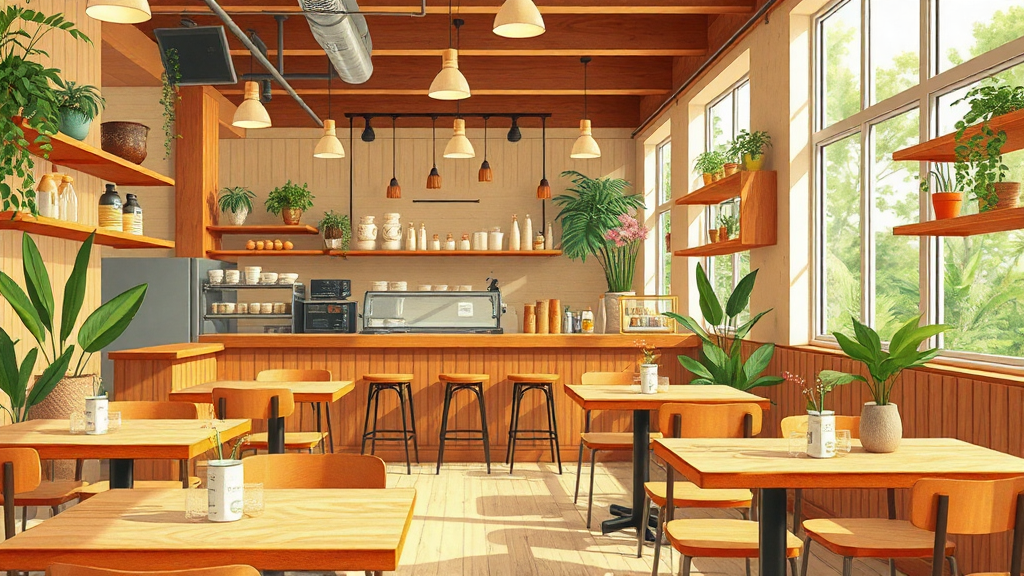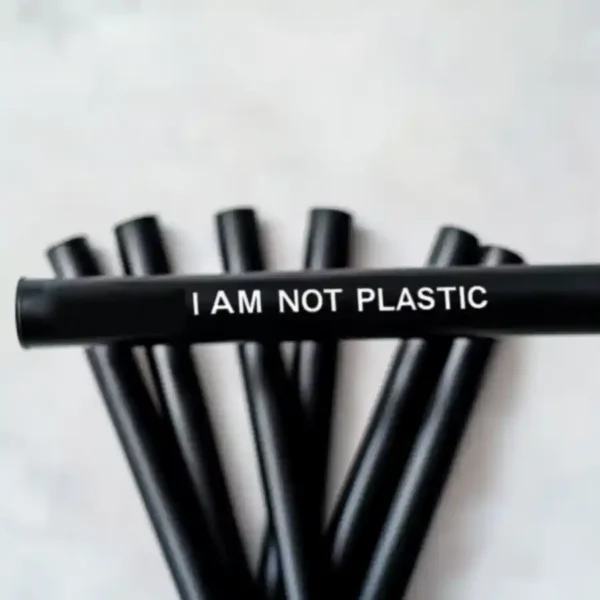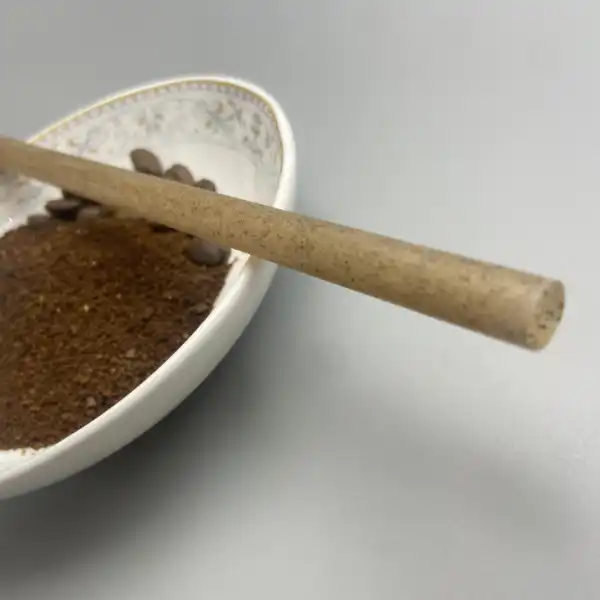The Truth About Plastic-Free Straw Options
With 8 million tons of plastic polluting our oceans annually, eco-conscious consumers and businesses are turning to sustainable straw alternatives. This guide compares leading plastic-free options—sugarcane, bamboo, stainless steel, and more—highlighting their benefits, drawbacks, and best applications for a greener future.

Why Switch to Plastic-Free Straws?
Plastic-free straws reduce environmental impact, enhance brand reputation, ensure regulatory compliance, and offer cost savings. Here’s how:
- Environmental Impact: Biodegradable straws like sugarcane decompose in weeks, protecting marine life.
- Brand Reputation: Sustainable boba straws attract eco-conscious customers.
- Compliance: Avoid fines from plastic bans with proactive adoption.
- Cost Efficiency: Reusable options like stainless steel save money long-term.
Plastic-Free Straw Materials Compared
Choosing the right straw material depends on your needs. Here’s an expert comparison:
कागज के तिनके
- Pros: Affordable (€0.02–€0.25), colorful designs.
- Cons: Soggy in drinks, often unsustainable.
- Best For: Short-term events.
गन्ने के तिनके
- Pros: Home-compostable, temperature-resistant.
- Cons: Limited availability.
- Best For: Zero-waste restaurants.

बांस के तिनके
- Pros: Natural look, reusable.
- Cons: Needs drying to prevent mold.
- Best For: Eco-resorts.
Stainless Steel & Glass Straws
- Pros: Durable, easy to clean.
- Cons: Higher cost (€2–€10).
- Best For: Dine-in cafés.

Silicone Straws
- Pros: Flexible, child-safe.
- Cons: Recycling challenges, BPA risks.
- Best For: Households.
PLA (Bioplastic) Straws
- Pros: Compostable, durable.
- Cons: Often mistaken for plastic.
- Best For: Large venues with composting.
Actionable Insights for Businesses
Optimize your straw selection with these strategies:
- Audit Needs: Match materials to drink types and waste systems.
- Source Responsibly: Partner with certified suppliers like #IAMPLASTICFREE.
- Educate Customers: Use signage to promote sustainability.
- Cost Management: Negotiate bulk pricing (€0.07–€0.10/unit).
- Waste Integration: Align with local composting facilities.

लेखक के बारे में
Max Jiang, Sustainability Expert at NatureBioEco, has over 10 years of experience in eco-friendly solutions.
अक्सर पूछे जाने वाले प्रश्नों
How do I ensure my straws are eco-friendly?
Look for OK Compost HOME or FSC certifications to verify sustainability claims.
Are compostable straws more expensive than plastic?
Yes (€0.05–€0.25 vs €0.01), but reusable options like stainless steel save money long-term.
Do biodegradable straws work in hot drinks?
Yes, materials like sugarcane resist heat; check manufacturer specs.
How durable are bamboo straws?
Bamboo straws are reusable but require drying to prevent mold.







